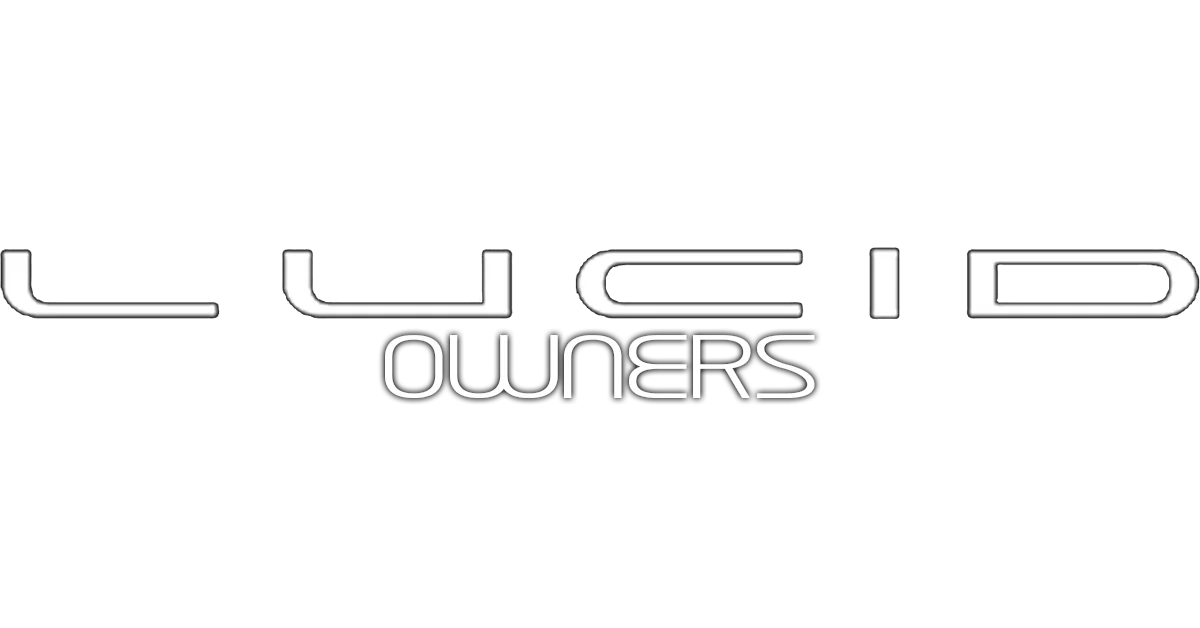Tesla has been charging thousands of dollars ($15,000 at the pricing peak) for full self driving for years. The feature was first offered as an upgrade to Enhanced Auto Pilot in 2016, but the beta software was not introduced until October 2020. Now over four years later, Teslas are still not fully self driving, despite constant claims that it was just around the corner. Untold numbers of Tesla owners have sold or traded their cars without the feature they paid for ever being fully implemented.
You need to watch Peter Rawlinson's interviews about ADAS at the time the Air was being launched. He felt that anything like full self driving was much farther in the future than many people thought and would require so many billions of dollars in investment that many who set out to introduce it would give up or at least significantly modify their goals before ever getting there. And that goal adjustment has already happened with Mobileye, GM, and some others.
Rawlinson laid out Lucid's goals somewhat differently. Saying that there was uncertainty as to which sensor technologies would turn out to be the most useful as software evolved, Lucid's approach was to put all the reasonably foreseeable sensor hardware on the car to increase the chances of exploiting what turned out to be the best software direction. But he cautioned that getting to Level 4 ADAS (much less Level 5) was still years in the future. Meanwhile, he said that Lucid, with its Dream Drive hardware suite, was aiming no higher than Level 2+ or perhaps Level 3 . . . but that he could give no firm timeframe.
It's one thing to be impatient to get ADAS features that you want badly and that are slow in coming. It's another thing to accuse someone of being dishonest for telling an unwelcome truth.
The difference between Musk's and Rawlinson's approach is that Musk spared us the unwelcome truth, apparently understanding that his most vocal acolytes would prefer it that way.
